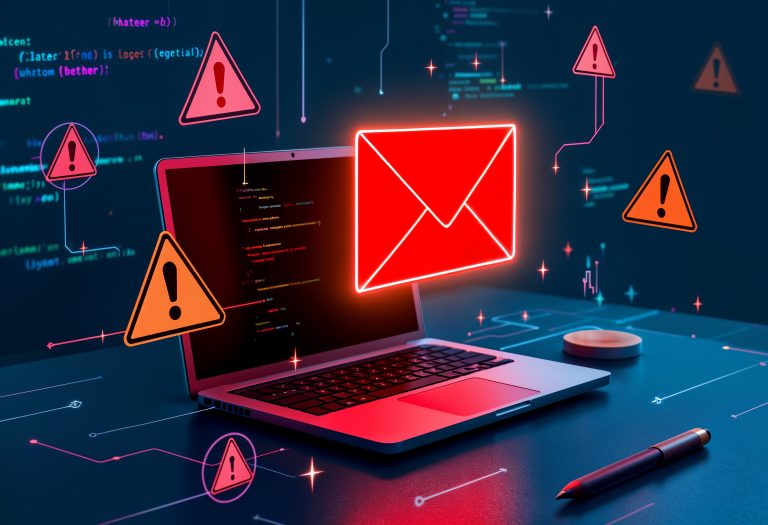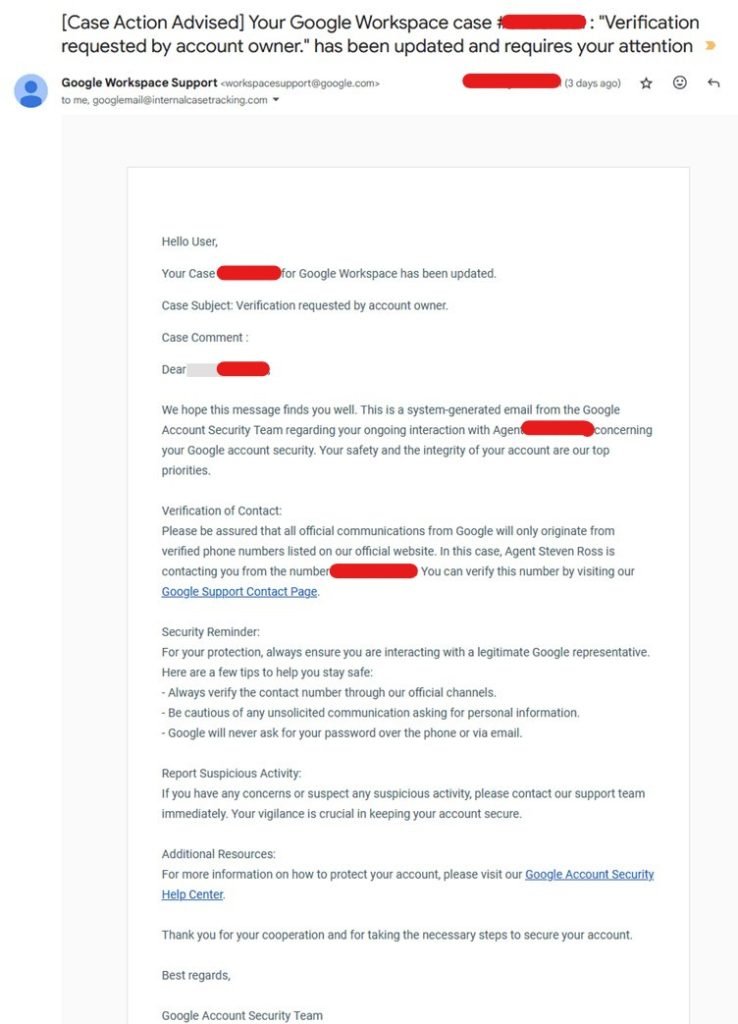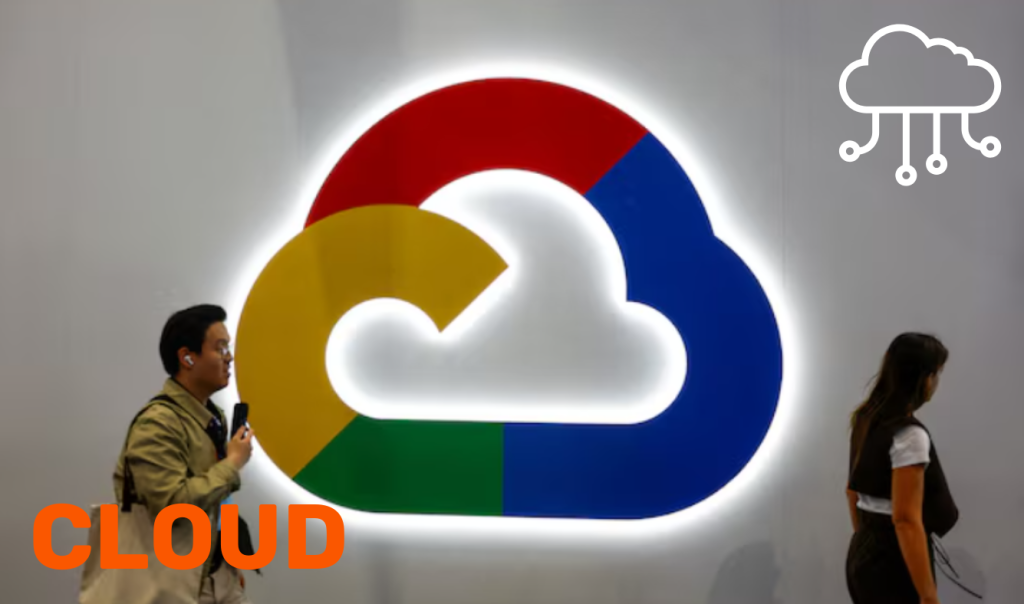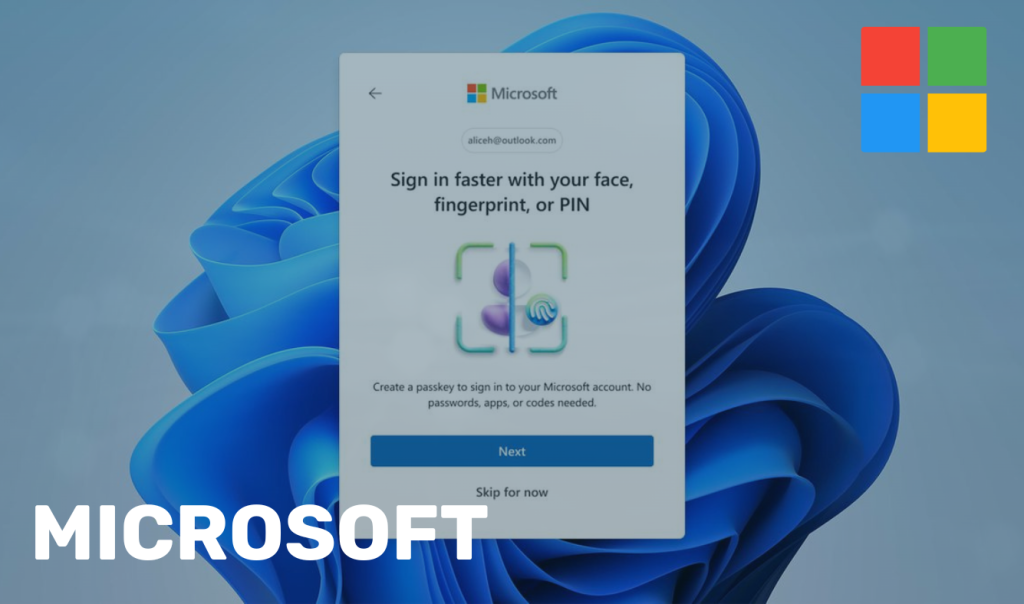In recent months, Gmail’s 2.5 billion users have been at the center of increasingly sophisticated phishing attacks powered by Artificial Intelligence (AI). These advanced scams employ AI to craft highly convincing emails, voice calls, and even video messages, making it challenging for users to distinguish between legitimate communications and malicious ones.
This article explores how AI is transforming phishing attacks, why Gmail users are prime targets, recent high-profile incidents, and how individuals and businesses can protect themselves from falling victim to these sophisticated phishing attack methods.

How AI Enhances Phishing Techniques
AI enables cybercriminals to automate and refine various aspects of phishing, including:
- Email Personalisation: AI algorithms analyze social media profiles, public records, and previous communications to create emails that appear to come from trusted sources, addressing the recipient by name and referencing specific details.
- Voice and Video Impersonation: Advanced AI tools can generate realistic voice or video messages, impersonating colleagues, friends, or service providers, thereby adding a layer of authenticity to the scam.
- Dynamic Content Generation: AI can produce content that adapts in real-time, making malicious websites or emails appear legitimate based on the user’s behavior and preferences.
Why Gmail Users Are Prime Targets
Gmail is a favorite target for AI-powered phishing attacks for several reasons:
- Massive User Base: With over 2.5 billion users, Gmail presents a huge pool of potential victims.
- Integration with Google Services: A compromised Gmail account can provide attackers access to Google Drive, Google Pay, Google Photos, and other linked accounts.
- High Trust Factor: Gmail users often assume that emails from Google are legitimate and safe, making them less likely to question well-crafted phishing emails.
- Business and Personal Use: Many businesses rely on Gmail and Google Workspace, making it a prime target for business email compromise (BEC) scams.
AI-Powered Phishing Attack on Gmail Users
One notable incident involved AI-generated phone calls that appeared to come from Google support. Users received account recovery notifications they hadn’t initiated, followed by calls from AI-generated voices claiming to be Google representatives. The sophistication of these calls, including the use of legitimate-looking caller IDs, led some users to unwittingly divulge their account credentials.
Another concerning development is the use of AI to craft personalized emails that mimic legitimate communications so flawlessly that even seasoned professionals can be deceived in under 60 seconds. Since early 2022, there has been a 49% rise in phishing attempts capable of evading filters, with AI-generated threats accounting for nearly 5% of these attacks.

Google’s Response to AI-Powered Phishing
Recognizing the escalating threat posed by AI-powered phishing attacks, Google has taken proactive steps to strengthen its phishing defenses. Through strategic collaborations and advanced AI-driven initiatives, Gmail has significantly enhanced its ability to detect and prevent phishing scams in real-time.
Google’s AI-Powered Shield Against Phishing Scams
On October 9, Google announced a partnership with DNS Research Federation (DNS RF) and the Global Anti-Scam Alliance (GASA) to create the Global Signal Exchange, an intelligence-sharing network designed to combat online scams, fraud, and cybercrime.
This initiative leverages:
- DNS RF’s extensive data platform, which processes over 40 million security signals to identify fraudulent activities.
- GASA’s global network, which enhances real-time collaboration across various sectors to quickly detect and mitigate scam operations.
- Google Cloud’s AI capabilities, which intelligently analyze patterns, match signals, and detect phishing attempts faster than ever before.
According to Amanda Storey, Google’s Senior Director of Trust and Safety, this partnership will significantly improve scam detection, disrupt cybercriminal networks, and protect users against evolving phishing tactics.
AI-Powered Pattern Recognition for Enhanced Security
One of the key elements of Google’s strategy is leveraging AI-driven threat intelligence to detect phishing attempts before they reach users’ inboxes. Instead of simply filtering known malicious emails, Gmail’s security system now uses AI to recognize suspicious behavioral patterns, making it harder for attackers to bypass detection.
Advanced Spam and Phishing Filters
Gmail’s AI-powered security filters now block over 99.9% of phishing emails, spam, and malware, significantly reducing the chances of malicious messages reaching users’ inboxes. The system continuously learns from new threats, adapting in real-time to detect evolving phishing tactics.
Safe Browsing Warnings
To prevent users from unknowingly clicking on malicious links, Gmail’s Safe Browsing feature provides real-time warnings before users visit potentially dangerous websites embedded in emails. If a link is flagged as unsafe, Gmail will display a clear warning message advising users not to proceed.
Enhanced Two-Step Verification (2SV)
Google has expanded its two-step verification (2SV) security feature, requiring additional authentication (such as a unique code sent to a trusted device) before allowing access to sensitive accounts. This significantly reduces the risk of unauthorized access, even if login credentials are stolen.
Advanced Protection Program for High-Risk Users
Recognizing that some users—such as journalists, political figures, and activists—are at higher risk of targeted cyberattacks, Google provides an Advanced Protection Program (APP). This program offers stronger authentication methods, restrictions on third-party access, and enhanced malware protection to secure high-value accounts against sophisticated phishing attacks.
Google’s proactive security measures serve as an essential defense against the growing wave of AI-powered phishing attacks. However, users must also take personal precautions, such as enabling multi-factor authentication, regularly updating passwords, and verifying email senders before clicking links or downloading attachments. While Google’s security tools provide a strong shield against cyber threats, cybersecurity ultimately remains a shared responsibility between providers and users.
Google’s Recommendations for Users
While Gmail’s security measures provide robust protection, Google urges users to remain vigilant against sophisticated phishing scams.
Key recommendations include:
- Closely inspect email addresses – Many phishing emails use domain names that look similar to Google but are slightly altered.
- Check for unusual activity – If you receive security alerts regarding login attempts or active sessions, verify them immediately.
- Enable Two-Factor Authentication (2FA) – This adds an extra layer of security, ensuring that even if a password is compromised, attackers cannot gain access easily.
- Trust your instincts – Google, like other reputable companies, will never request sensitive information via email without proper security verification.
How to Protect Yourself from Sophisticated Phishing Attacks
While Google’s security measures are robust, users must also take proactive steps to protect themselves:
- Be Skeptical of Unexpected Communications: Treat unsolicited emails or messages with caution, especially those requesting personal information or urgent actions.
- Verify Sender Authenticity: Check the sender’s email address carefully for discrepancies or unusual domains.
- Avoid Clicking Unknown Links: Hover over links to see the actual URL before clicking, and avoid downloading attachments from unknown senders.
- Enable Two-Factor Authentication (2FA): Adding an extra layer of security can prevent unauthorized access, even if your password is compromised.
- Keep Software Updated: Regularly update your operating system, browsers, and security software to patch vulnerabilities.
- Educate Yourself and Others: Stay informed about the latest phishing tactics and share this knowledge with friends, family, and colleagues.
The integration of AI into phishing attacks has elevated the threat landscape, making scams more convincing and harder to detect. Gmail users, due to the platform’s widespread adoption and integration with other services, are particularly at risk. By understanding the nature of these sophisticated phishing attacks and implementing preventive measures, individuals can significantly reduce their vulnerability to such threats.
Contact Creative Networks Today
At Creative Networks, we specialize in providing comprehensive Managed Cybersecurity Solutions tailored to your needs. Our services include advanced threat detection, Cyber Awareness Training and continuous monitoring to safeguard your personal and professional information.
Contact us today to learn how we can help you stay secure in an increasingly digital world.




